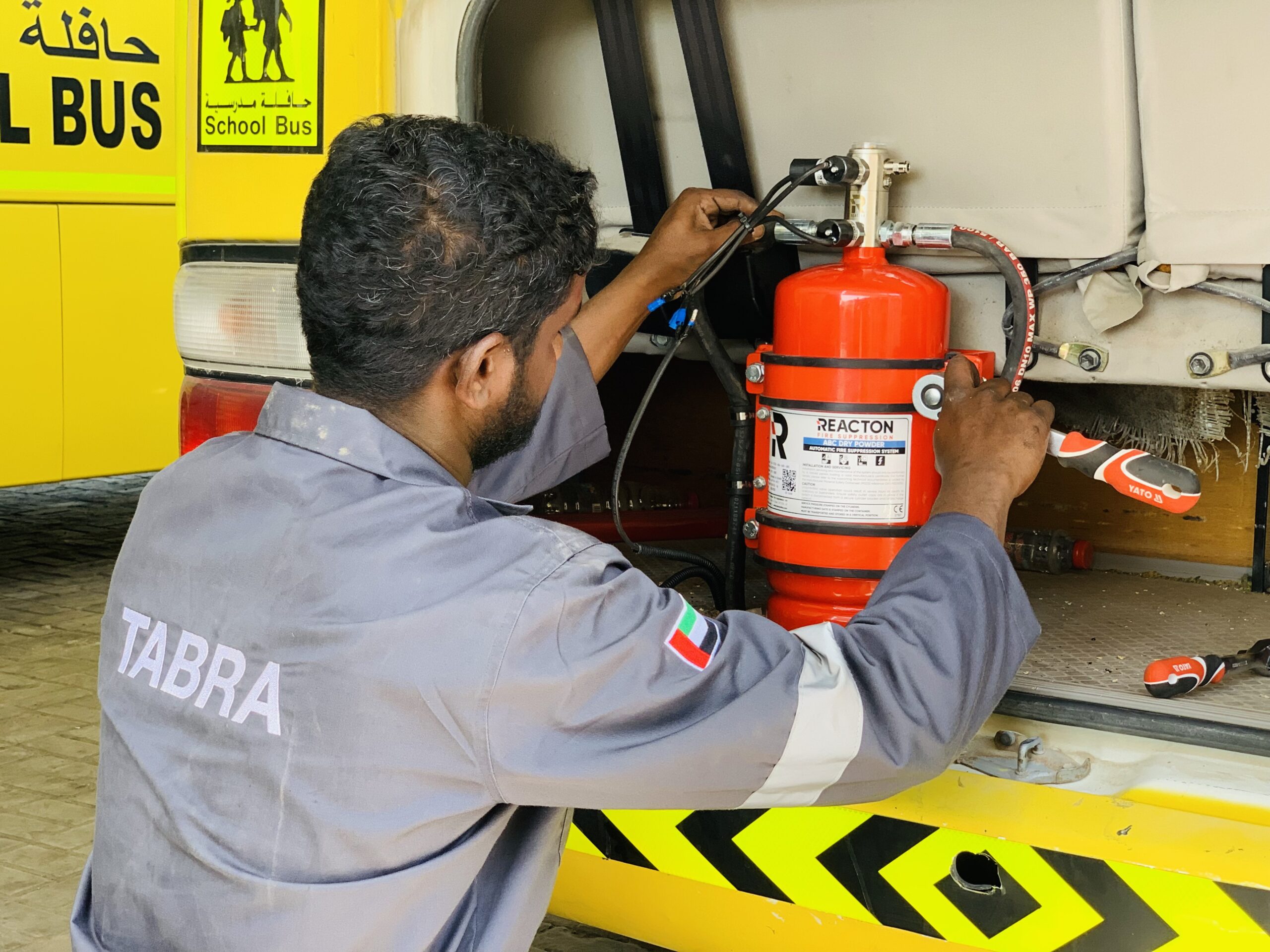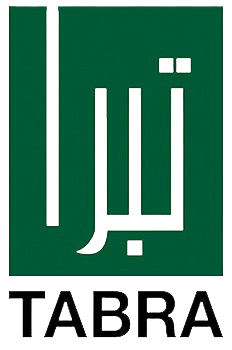The Evolution of Automatic Fire Suppression Systems in the United Arab Emirates

Introduction
In recent years, the United Arab Emirates (UAE) has witnessed remarkable growth in infrastructure development, with numerous high-rise buildings, shopping malls, and industrial complexes emerging across the nation. With this rapid expansion comes the need for advanced fire safety measures to ensure the protection of life and property. Automatic Fire Suppression Systems (AFSS) have emerged as a crucial technology in combating fires and minimizing potential damage. This blog explores the evolution and significance of Automatic Fire Suppression Systems in the UAE.
1. The Need for Advanced Fire Safety Measures
As urbanization and industrialization escalate, the risk of fire outbreaks increases. The UAE has recognized this challenge and has been proactive in implementing stringent fire safety regulations to safeguard its growing population. Automatic Fire Suppression Systems play a vital role in addressing these concerns by providing reliable and rapid response capabilities to control and extinguish fires.
2. Types of Automatic Fire Suppression Systems
a. Sprinkler Systems: Sprinkler systems are the most widely used form of Automatic Fire Suppression Systems. These systems comprise a network of pipes connected to sprinkler heads that automatically release water when exposed to heat. Sprinklers act as the first line of defense, suppressing fires and allowing time for evacuation or additional fire-fighting measures.
b. Gas Suppression Systems: Gas suppression systems utilize non-toxic gases, such as carbon dioxide (CO2), FM-200, or inert gases, to extinguish fires by displacing oxygen and lowering the heat. These systems are commonly used in areas where water damage must be minimized, such as server rooms, data centers, and archives.
c. Foam Systems: Foam systems are effective in fighting flammable liquid fires. They produce a foam blanket that suppresses the fire, preventing the spread of flames and cooling the area to prevent re-ignition.
3. Regulations and Standards
The UAE has established comprehensive fire safety regulations to ensure the effective implementation of Automatic Fire Suppression Systems. The Civil Defense Department, along with other local authorities, plays a crucial role in enforcing these regulations. Key standards, such as the UAE Fire and Life Safety Code of Practice, provide guidelines for the installation, maintenance, and testing of Automatic Fire Suppression Systems in various types of buildings and facilities.
4. Technological Advancements
The UAE has embraced technological advancements in fire suppression systems, enhancing their efficiency and effectiveness. Some notable developments include:
a. Intelligent Fire Detection: Automatic Fire Suppression Systems now incorporate advanced detection systems that utilize state-of-the-art technologies like video analytics, thermal imaging, and flame detection. These systems enable early fire detection, reducing response times and minimizing potential damage.
b. Integration with Building Management Systems (BMS): Automatic Fire Suppression Systems can be integrated with BMS to provide a centralized control and monitoring platform. This integration allows for real-time monitoring, remote operation, and quick response to fire incidents.
5. Benefits and Future Outlook
The widespread implementation of Automatic Fire Suppression Systems in the UAE has numerous benefits:
a. Enhanced Safety: Automatic Fire Suppression Systems significantly reduce the risk of casualties and property damage by promptly detecting and suppressing fires.
b. Faster Response: With automatic detection and suppression capabilities, Automatic Fire Suppression Systems provide a rapid response, minimizing the spread of fires and allowing for quick evacuation.
c. Reduced Water Damage: Unlike traditional fire-fighting methods, Automatic Fire Suppression Systems can minimize water damage, especially in areas sensitive to moisture, such as data centers and museums.
Looking ahead, the UAE is likely to witness further advancements in Automatic Fire Suppression Systems technology. These advancements may include the use of artificial intelligence (AI) and machine learning algorithms for fire detection, improved gas suppression systems, and the development of eco-friendly fire suppression agents.
Conclusion
The United Arab Emirates recognizes the importance of automatic fire suppression systems in safeguarding its rapidly expanding infrastructure. By adopting advanced technologies and implementing stringent regulations, the UAE has made significant progress in mitigating the risks associated with fires. As the nation continues to prioritize fire safety, Automatic Fire Suppression Systems will remain an integral part of its commitment to protecting life and property from the devastating effects of fire outbreaks.

